News
Issues affecting the wine industry and the wine you drink
-

How Modern Branding Could Revitalise the Wine Industry
Just Drinks has a thought-provoking article on ‘Why Branding Could Be Behind Falling Wine Consumption‘. The wine industry is facing a challenging time with global wine consumption gradually declining since 2007, a trend that is accelerating. The article explains how the decline might be partially attributed to the wine industry’s approach to branding and marketing,…
-

Saperavi Grape
The Metro newspaper recently shed light on the ‘Saperavi’, a grape that originates from Georgia, between Eastern Europe and West Asia. Saperavi bears a striking resemblance in taste and character to Cabernet Sauvignon but with a twist. It also has the warming spice and rich texture reminiscent of a hearty Argentinian Malbec. What sets Saperavi…
-

Reducing Wine Consumption Through Serving Size
New research titled ‘Impact on wine sales of removing the largest serving size by the glass‘, published in PLOS Medicine, explores the effect of reducing wine serving sizes on wine sales. The study, conducted across 21 licensed premises in England, used an A-B-A method to compare wine sales during periods with and without the availability…
-

Ways Out of the Wine Crisis
A new report titled Ways out of the crisis, commissioned by ProWein, from Geisenheim University, based on a survey of over 2,000 wine industry members, highlights several key challenges and trends. Economic factors are the primary concerns in the industry. Cost increases, global economic downturn and decreasing wine consumption are significant threats, with 73%, 59%,…
-
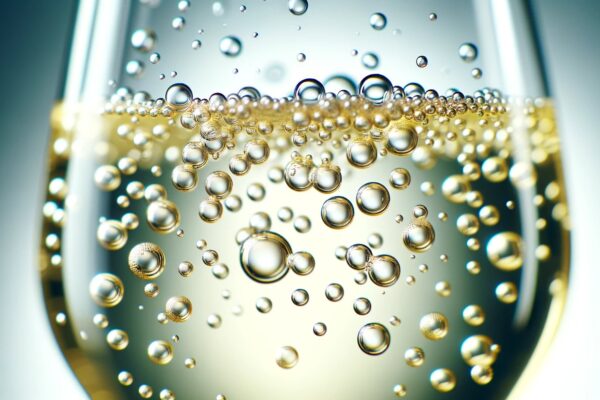
Champagne Industry 2023 Retrospective
Recent data has highlighted a notable shift in the Champagne market for the year 2023. Following three years of exceptional performance, Champagne shipments have reverted to pre-pandemic levels, with a total of 299 million bottles shipped, marking an 8.2% decrease from the previous year. The industry witnessed a significant slump in 2020 with an 18%…
-

AI-Assisted Wine Discovery
Last year, the BBC highlighted the growing trend of AI-powered wine recommendation apps, such as FinpåVin, which are changing the way people select their next bottle of wine. However, Sippd, a notable application in this field, has recently shut down, raising doubts about the necessity of such technology for simplifying the process of choosing wine….
-

Young Britons Lead the Surge in Low and No Alcohol Drinks
Harpers is reporting revealing insight into the changing habits of UK drinkers. The latest YouGov poll, conducted in partnership with the Portman Group, has highlighted a significant shift towards low and no alcohol beverages, particularly among the younger generation. The survey, now in its sixth year, shows that nearly half of the 18-24 age group,…
-

Turning Winery Wastes into Wealth
There’s new, interesting research from the University of Aveiro, Portugal, into the waste products, wine residues, from creating wine and how they can can be re-used to provide for more sustainable production. Wine residues are a complex mix of grape stalks, pomace (the solid remains of grape pressing), lees and wastewater. They are not just…
-

Redefining Wine Marketing
Lulie Halstead, a prominent figure in the wine business, recently addressed the New Zealand Winegrowers Business Forum, sharing valuable insights from her 25-year experience in the industry. She highlighted a common mistake in wine marketing: the tendency of marketers to project their own preferences onto consumers, leading to a misalignment between what is offered and…
-

Italy Launches Campaign to Educate Britons on Prosecco Label
Italy has initiated a campaign to educate Britons on the correct use of the term ‘Prosecco’. The Italian DOC Consortium launched an advertising campaign in London emphasising that Prosecco is a geographically protected label, reserved for sparkling wines produced in specific Italian regions. The campaign, displayed in over 80 locations in London, aims to reach…
-

Pint-Sized Wine Bottles for the UK
The BBC has an article describing a forthcoming change in the UK’s regulations regarding the size of wine bottles post-Brexit. The government has announced that still and sparkling wines will be available in pint-sized (568ml) bottles. This change, resulting from the departure from EU laws, is aimed at offering more variety to consumers. Previously, EU…
-
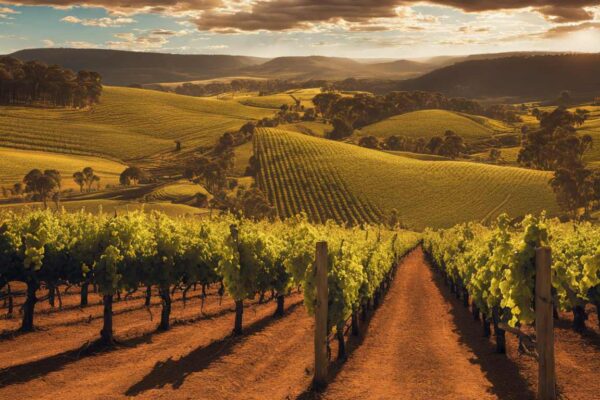
How Pesticide Residues Affect Wine Flavour
A new study investigates the effect of imidacloprid, a common insecticide, on wine aroma and its transformation during the wine-making process. Imidacloprid is widely used in grape cultivation to control pests, but its residues can significantly impact the quality of wine. The research involved applying imidacloprid to grapes at standard and ten times the standard…
-

Britain’s Record-Breaking 2023 Grape Harvest
WineGB has released ‘2023 Harvest Report – the big one‘ (PDF). The report estimates a production of 20-22 million bottles, a very large 50% increase from the previous record year in 2018. This bountiful harvest is attributed to exceptional performance from the top grape varieties – Chardonnay, Pinot Noir, Meunier, and Bacchus – with the…
-

Unlocking the Secrets of Tannins
Tannins in wines, particularly red wines, are compounds that contribute significantly to the taste, colour, and texture of the wine. New research looks into the complex world of these compounds, specifically proanthocyanidins (PAs). Proanthocyanidins are a group of polyphenolic compounds found in many plants, including grapes. The article explains that PAs in red wine are…
-
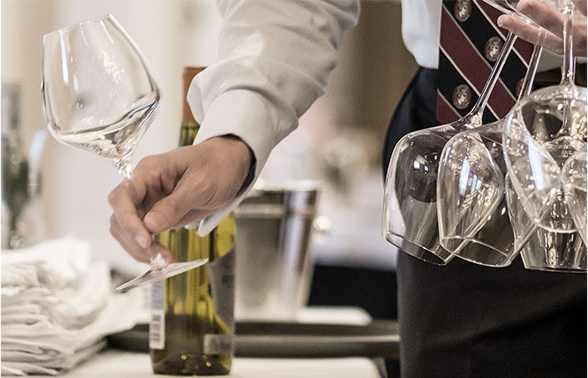
Court of Master Sommeliers Abandons ‘Old/New World’ Terms
Forbes is reporting that The Court of Master Sommeliers has announced that it will no longer use the terms ‘Old World’ and ‘New World’ in its published materials or examination assessments from 2024. This decision reflects the Court’s commitment to historical accuracy, reducing cultural bias, and acknowledging the growing difficulty in distinguishing between Old and…
-

EU Wine Consumption Decline and Export Uncertainties
A new report from the EU, ‘EU Agricultural Outlook 2023 – 2035’ discusses the ongoing decline in EU wine consumption, a trend attributed to increased health awareness, changing preferences among younger consumers and competition from other beverages. This decline, particularly notable in red wines, varies across EU countries due to cultural and social factors. The…
-
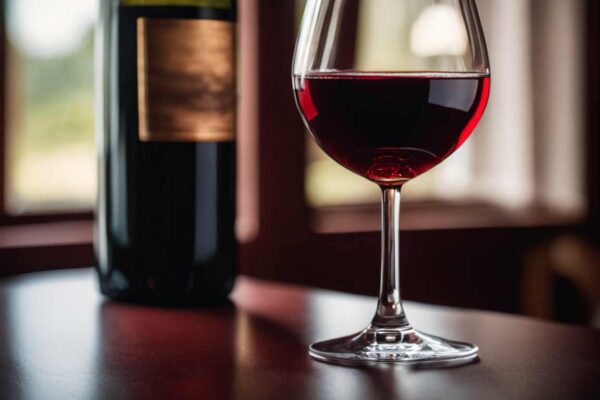
Exploring Reductive Aromas in Wine
A recent article from SevenFifty Daily, written by Alex Russan, looks intothe complex topic of reductive aromas in wine, a subject that has polarised opinions in the wine industry. Reduction, chemically the opposite of oxidation, refers to the presence of volatile sulphur compounds (VSCs) in wine, often resulting from limited oxygen exposure. These compounds, which…
-

White and Rosé Now More Than Half of Global Consumption
A new article in Decanter, written by Rudy Ruitenberg, discusses the growing global consumption of white and rosé wines, which now accounts for more than half of the total wine consumption. This shift has been observed since 2010, with a notable increase in the demand for sparkling wine. The decline in red wine consumption, which…
-

How Many Grapes in a Bottle of Wine?
An article from Food and Wine, titled “You’ll Be Surprised by How Many Grapes it Takes to Make One Bottle of Wine,” explains the varying quantities of grapes required to produce different types of wine. On average, 1.25 to 1.50 kilograms of grapes, which can be anywhere from 600 to 800 or even thousands of…
-

Researchers Have Taught AI to Understand Wine Tasting
There has been a significant advancement in artificial intelligence (AI) related to wine tasting. Researchers at the University of Copenhagen’s Pioneer Centre for AI, along with collaborators from the Technical University of Denmark (DTU) and Caltech, have successfully trained an algorithm to predict individual wine preferences based on human taste perceptions. The study explains how…
Did You Know?
In 2024, the UK was the second-largest export market for Champagne globally, after the United States. More
Local UK bottling of wine represents about 40% of imported wine. More
Around 1% of people, typically severe asthmatics, have a sulphite sensitivity. More
A large 80% of Australian wine arrives in the UK in bulk. More
Only about 0.02% of Australia’s landmass is dedicated to vineyards. More
In 2024, New Zealand produced only 1% of the World’s wine. More
In 2024, the US imported 37% of World production of Pinot Grigio and the UK was is in second place at 27%. More
In 2024, the UK was South Africa’s largest export market, with 40% of total exports. More
In 2024, the United Kingdom imported 22.3 million bottles of Champagne, a decline of 12.7% compared to the previous year. More
Larger Champagne producers source grapes from as many as 80 different vineyards throughout Champagne. More
Champagne houses and growers collectively produce around 300 million bottles annually. More
In 2025, the Champagne region was home to about 2,124 Champagne houses and approximately 19,000 growers. More
Provence is one of the leaders in the conversion to organic viticulture, with 61% of vineyards certified. More
8% of the South Africa’s grape production is Fairtrade-certified. More
Up to 80% of wine aroma compounds come from grape skins. More
Glycerol is the third-largest component of most dry wines after water and alcohol which is why they so often feel ‘smooth’ or ‘silky’ in the mouth. More
Humans are more than 400 times more sensitive to bitter than sweet. More
Humans can detect the earthy molecule geosmin at about 100 parts per trillion and camels are so sensitive to it they can locate damp ground from roughly 50 miles away. More
During the phylloxera crisis of the nineteenth century, 90% of Europe’s vineyards were destroyed. More
In 2025, for La Vieille Ferme, also known as “The Chicken Wine”, sales surged by 49.4% to £110.8 million. More
In 2025, in the UK, Yellow Tail held the top position with sales, marking a 9.8% increase over the previous year. More
In 2024, the UK was the second-largest wine importer in volume and value. More
In 2024, the UK was the fifth-largest wine-consuming country globally. More
In 2025, global wine consumption continued its downward trend, estimated at 214.2 million hectolitres, the lowest since 1961. More
In 2025, online alcohol sales had a 20% increase in value over five years. More
In 2025, the number of UK vineyards rose to 1,104 and wineries to 238, with land under vine expanding to 4,841 hectares, a 510% increase since 2005. More
Moët Hennessy alone commands nearly 46.66% of the Champagne market, with the top three producers together holding about 61%, and the top five controlling over 72%. More
In 2024, the Champagne market was worth roughly €3.92 billion. More
In the marketing year 2023/24, white wine accounted for roughly 55% of Spain’s output, whereas red and rosé together made up about 45%. More
In the UK, 92% of wine is consumed within 48hrs of purchase. More
The majority of wines, 95%, use commercial rather than wild yeast. More
Between 0.5 and 10 litres of water, per litre of wine, are needed for cleaning during winemaking. More
Machine harvesting can achieve up to 100 tons of fruit per day vs 1 ton for a human. More
In Germany, 2025 was the smallest wine vintage since 2010. More
The majority of vineyards, 90% in 2019, are farmed with heavy chemical interventions. Only 6% are organic. More
90% of low and coastal areas in south Europe and California will no longer be able to produce good wine by the end of the century. More
Recent
-
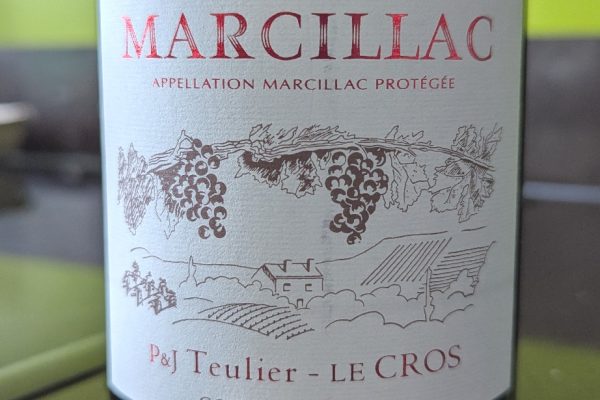
Marcillac ‘Lo Sang del Pais’
-

Irish Wine Warnings Spill Over to the UK
-
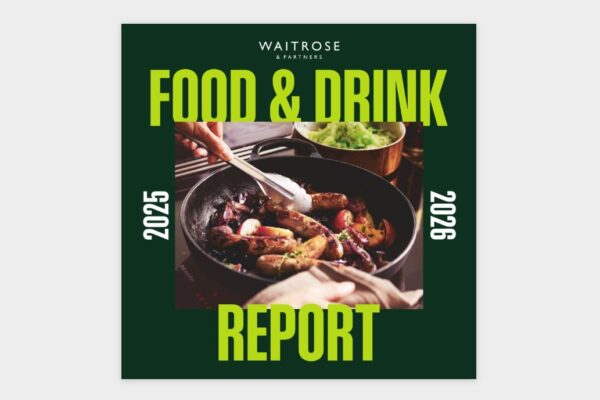
Waitrose Insights into How Wine is Evolving
-

Vergelegen Millrace Red
-
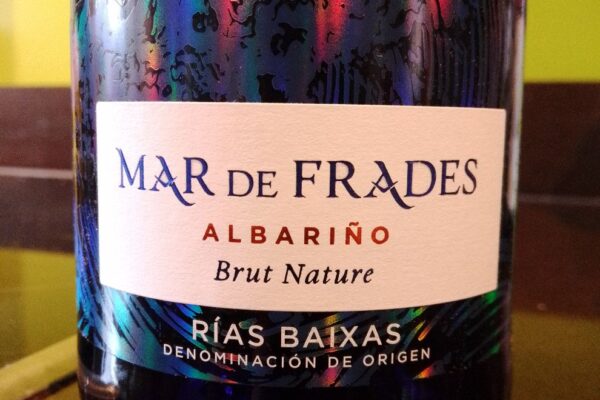
Mar de Frades Albariño Brut Nature NV
-
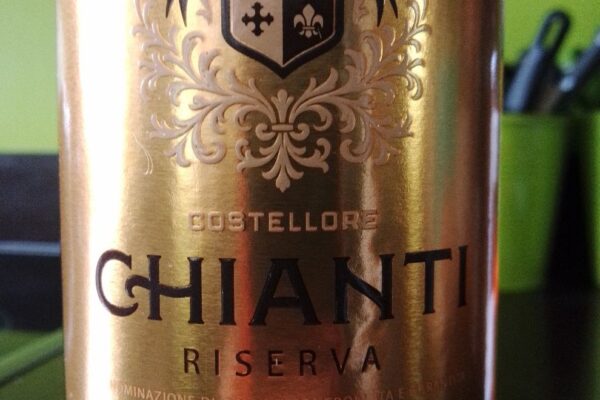
Specially Selected Chianti Riserva
-
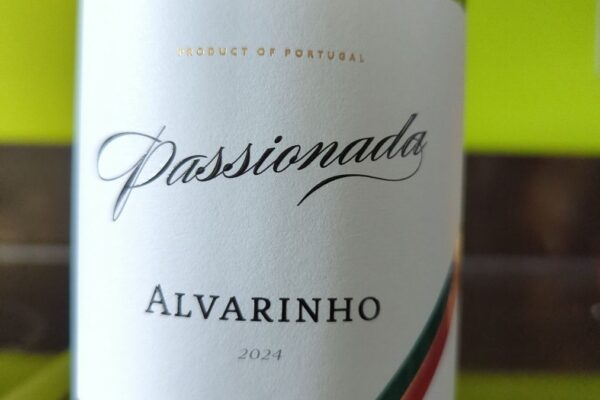
Passionada Alvarinho
-

Abbotts & Delaunay Languedoc Blanc
-

25% Off Wine at Waitrose
-
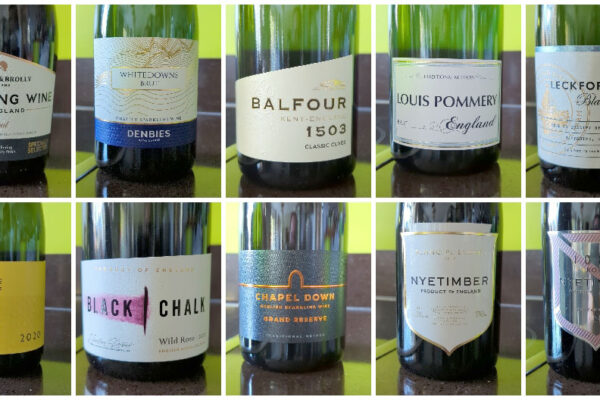
Comparative Review of English Sparkling
Tags
25% Off Wine Aldi Amarone Argentina Articles Asda Australia Award Awards25 Bizarre Blog Books Bordeaux Cabernet Sauvignon Carménère Cava Champagne Chenin Blanc Chile Climate Change Coop Decanter Duty English Wine EPR Events Fairtrade Food France Furmint Germany Glossary Greece Health Hungary Iceland IGT Italy IWSC Jeroboams Laithwaites Legislation Liberty Wines Lidl Low Alcohol M&S Majestic Malbec Marketing Merch Merlot Morrisons Natural News New Zealand Non-Alcoholic Ocado Old Vine Organic Past Tastings Pinotage Pinot Noir Port Portugal Primitivo Prosecco Regulations Reviews Ribera del Duero Riesling Rioja Ripasso Rose Sainsbury's Saperavi Sauvignon Blanc Shiraz Sicily South Africa Spain Sparkling Supermarkets Sustainable Tax Terroir Tesco The Wine Society Unrepresented USA Valpolicella Vinho Verde Virgin Wines Waitrose Wanderlust Welsh Wine What to Buy Wine Art WineGB WIne Glasses Zinfandel



